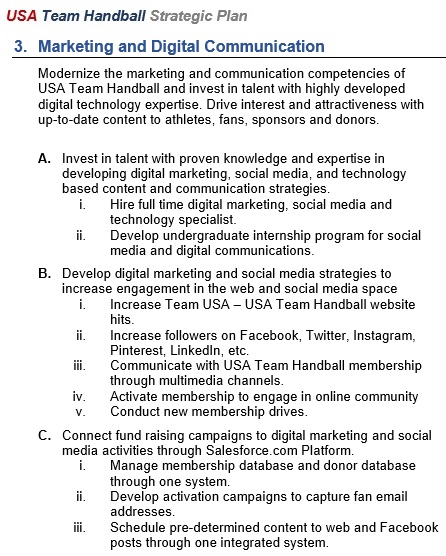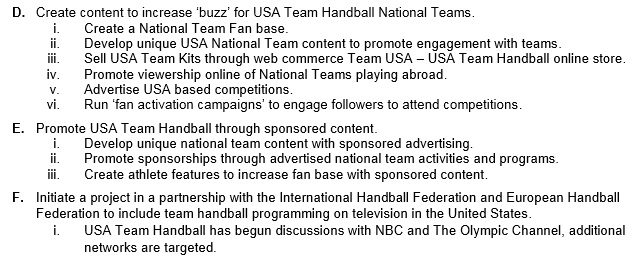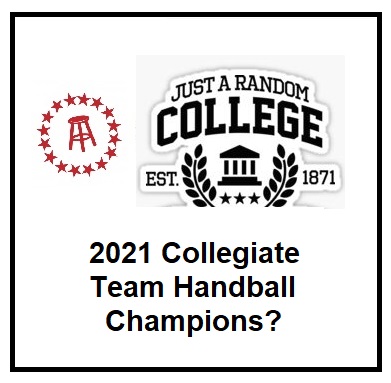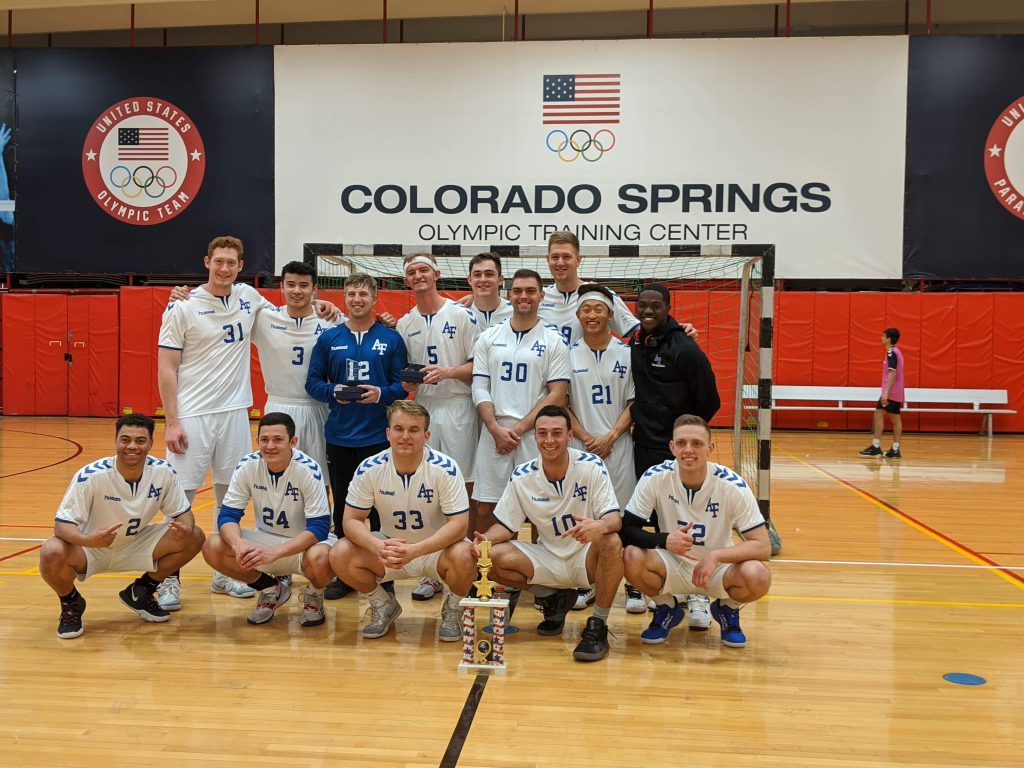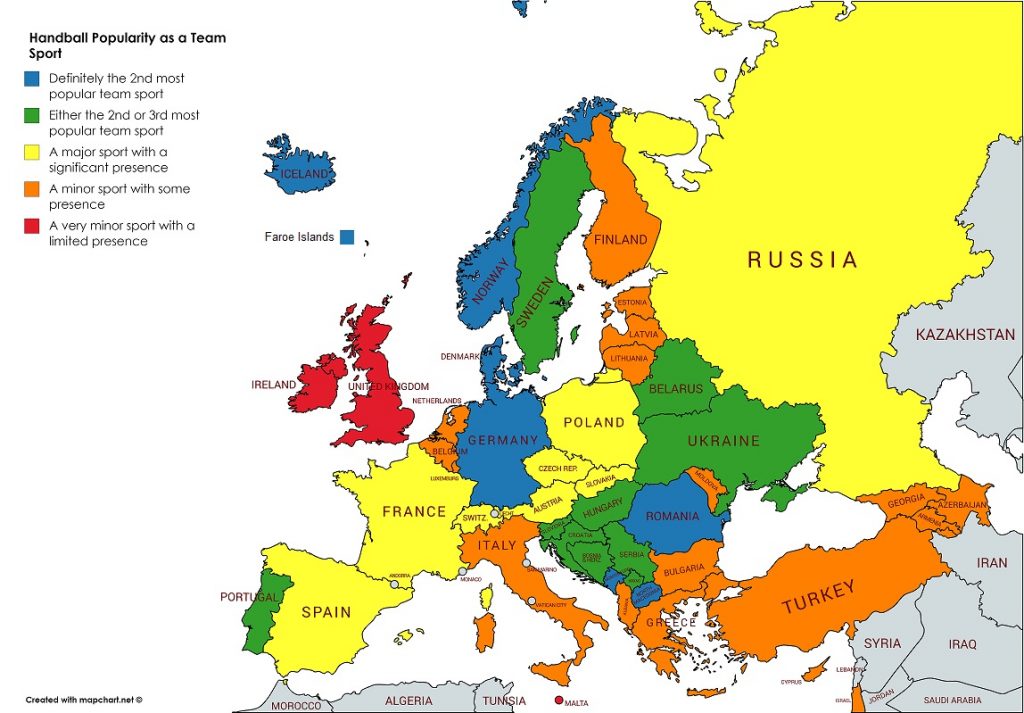
Why, I Won’t Get on “The Last Dance” Bandwagon
No less than three handball podcasts have speculated recently on what should be the handball version of ESPN’s new documentary, “The Last Dance”. I understand that with the pandemic a lot of folks have binged all ten hours of this chronicling of the Michael Jordan led Chicago Bulls of the 1990s. However, despite being a huge basketball fan, I haven’t been one of them. Why? Two reasons:
1) I spent the better part of a decade rooting for them to lose. I can’t bring myself to watch 10 freaking hours celebrating their greatness. Seriously… Gag me.
2) I recently finished watching 20 hours of the best sports documentary I’ve ever seen: Basketball: A Love Story. I didn’t want it to end. The Last Dance would just be a letdown.
Why “Basketball: A Love Story”
Basketball: A Love Story is actually 62 loosely connected mini documentaries covering multiple topics. Some, like a feature on James Naismith were strictly historical. Others like a segment totally devoted to “passing” were more reflective on specific aspects of the game. Some tackled more difficult topics such as the NYU point shaving scandal, the Latrell Sprewell incident and racism at Kentucky University. Others tackled great rivalries like the Celtics-Lakers and classic showdowns like Lebron’s Cavs coming from 3-1 down to beat Golden State. And, there are player profiles including a handball shout out from Dirk Nowitzki reflecting on his handball playing dad telling him that basketball was a game for girls. The mini-documentaries use a combination of interviews and archival footage to tell the story. And, pretty much everybody who is somebody is interviewed except Michael Jordan and Bobby Knight.
What appealed to me was the wide variety of topics and storytelling. A straight historical documentary covering everything would have been too dry and boring after a while. But, as it mixed history, social commentary and, at times, the whimsical I was always entertained. And, because they were mini-documentaries they only took the time needed to tell the story so they varied in length from 5 to 30 minutes.
Some stories were a trip down memory lane, reminding me of great games I had seen in the 80s and 90s along with interviews to provide little tidbits that I wasn’t aware of. Other stories were before my time, and that I only kind of/sort of new about such as the stories about the old ABA. One particular favorite was the bizarre story of the deal the owners of the Spirits of St Louis basketball club cut with the NBA when the two leagues merged. A deal that has netted the owners of that defunct club hundreds of millions of dollars for doing essentially nothing.
Handball: A Love Story
As I watched all 20 hours of this documentary I couldn’t help, but wonder about all the handball history and stories that I know absolutely nothing about. And, how, as far as I know, there is next to nothing available in written or video form that could educate me and others interested in learning about the heritage of the game. At least not in English. Case in point: Last year someone wrote an article about Holger Nielsen, arguably the modern day inventor of handball and it was the first account I had ever read about him. That’s kind of crazy when you think about it.
And, surely my lack of knowledge doesn’t stop there. There are surely dozens of mini documentaries that could be made about handball history, personalities and epic battles that took place over the years. Here’s a first cut of the stories I’d like to see in Handball: A Love Story.
History Focused
- Origins: A story about handball’s beginnings
- Field Handball
- Bernhard Kempa and the Kempa play
- 1972 USA Olympic Team: Make the team… or head to Vietnam
Nation Profiles
- Greenland Handball: The one nation where handball is #1
- Iceland Handball: Pound for Pound: the top performing nation
- French Handball: The dynasty of the 2000s
- Sweden Handball: Benga’s Boys of the 90s
- South Korean Women’s program
Club Profiles
- Flensburg – Kiel: Handball’s top derby
- Montpellier: The art of the two game aggregate comeback
- Barcelona
- Celje: Cradle of handball player development
Individual Profiles
- Magnus Wislander
- Erhard “Sepp” Wunderlich
- Ivano Balic
- Nikola Karabatic
- Lars Christiansen
- Hassan Moustafa
- Claude Onesta
Aspects of the Game
- Defense with perhaps a profile of Didier Dinart
- Wings: Patience on the corners
- Centerback Maestros
Controversies
- 2007 Olympic Qualification Kuwait – South Korea
Whimsical
- The Sri Lankan National Team that disappeared
I realize I’m just scratching the surface… If you have some suggestions for topics and stories that should be considered please let me know on social media or via email at john.ryan@teamhandballnews.com




